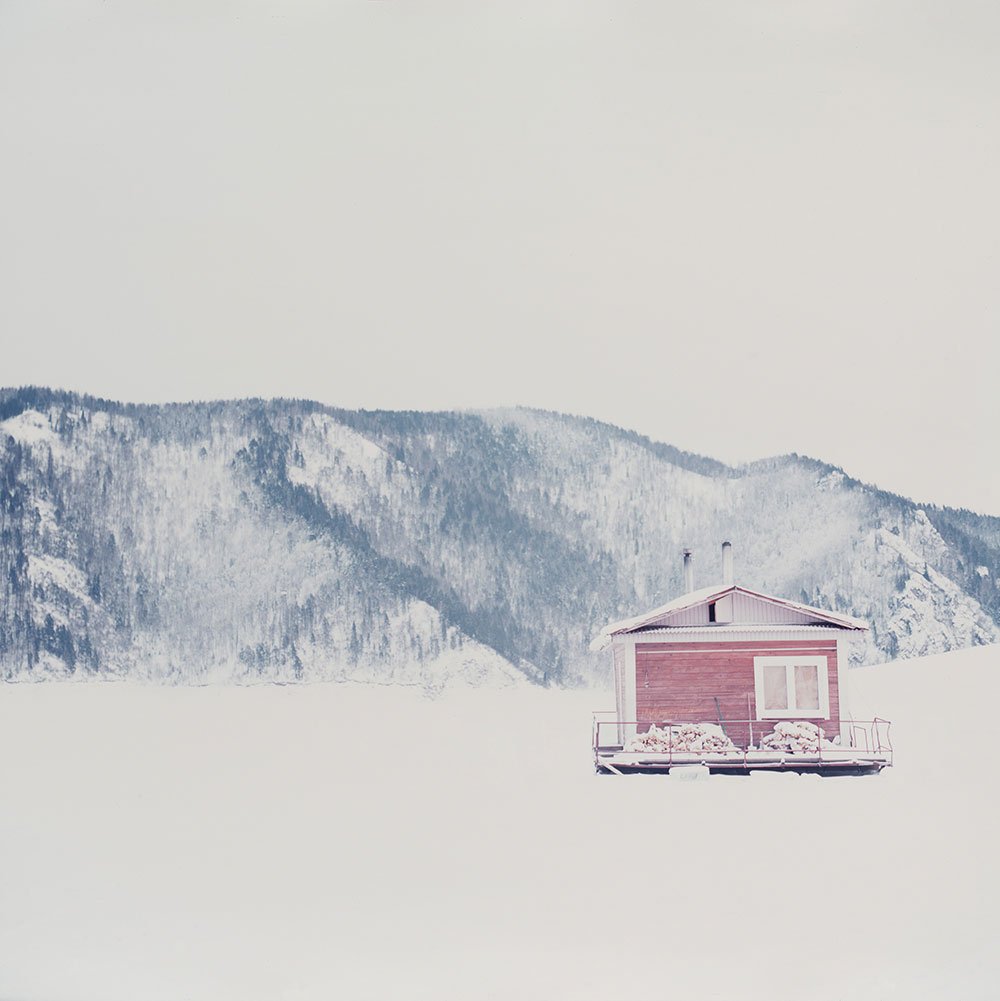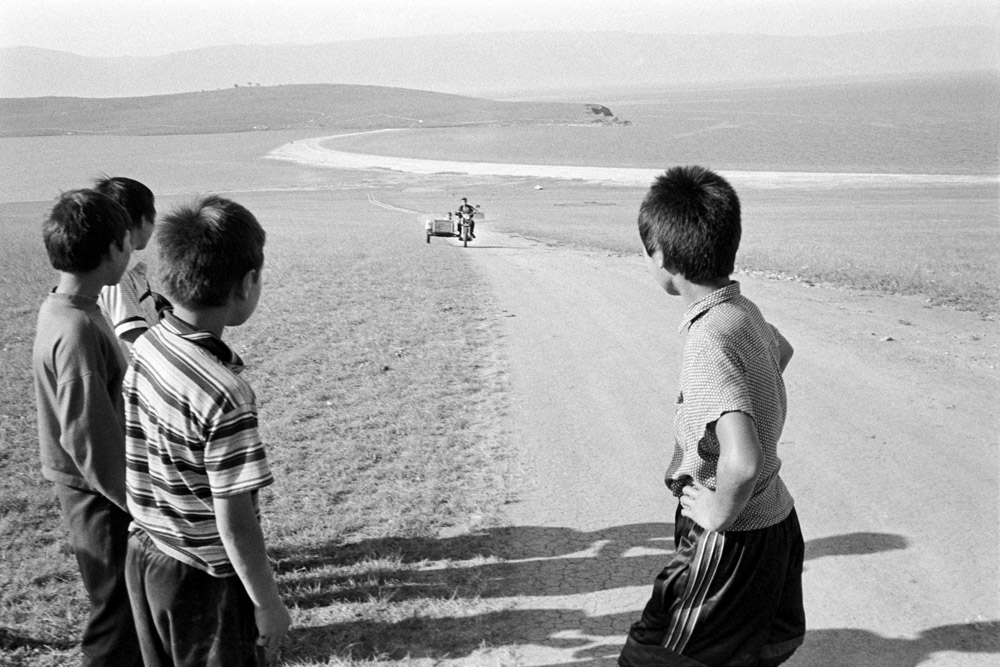Siberia’s mighty forests are ablaze: is photography futile in the face of such disaster?
As Siberian fires continue to wreak havoc, a photographer captures her hometown enveloped in thick haze and asks whether photography is enough.
For weeks, the world has watched as the Amazon rainforest burns. The ongoing fires in Brazil have served as a well-timed reminder of nature’s delicate fragility— but the Amazon isn’t the only wilderness to have experienced a record number of blazes this year. Since July 2019, wildfires have also ravaged both Siberia and the Russian Arctic, with smoke choking remote areas and cities as far flung as Alaska, Canada, and Russia’s third largest city, Novosibirsk. By August, Russia had declared a state of emergency.
According to Greenpeace Russia, flames have now engulfed over five million hectares of land across the country, or an area just larger than Slovakia. The damage isn’t just devastating for Russia: wildfires of this scale endanger the whole planet by emitting carbon dioxide back into the atmosphere, further accelerating climate change.
Ust-Kut is a small Siberian town 4,000 kilometres east of Moscow in Russia’s Irkutsk region. Built along the Lena river, the town is surrounded by the mighty taiga forest. It is home to a population of 42,000 people, many of who first moved here in the 70s, when the Baikal-Amur Railway was built. Photographer Marina Istomina grew up in Ust-Kut. When summer comes around, she tells me, former residents who have relocated to Russia’s big cities will find their way back home for the holidays “to find peace and breathe fresh forest air without any distraction.”
But summer also brings the arrival of smoke. Wildfires in the taiga forest happen each year, but 2019 has been the worst on record. “The whole region has suffered dramatically in recent years: from fires in Ust-Kut to floods in Tulun,” she says.
The growing intensity of the wildfires are a worry for Siberians, whose relationship with nature is at the heart of their identity. Istomina has always been drawn back to the vast Siberian landscape. “I’ve moved home three times in life, but each time my new windows have been facing the river Lena,” she says. She’s grown to appreciate nature as a constant companion. “Each day, [the river] has a different mood. Today it might be buoyant, tomorrow it might be frozen, or overflowing. Even when I’m staying at my stepfather’s winter cabin with no internet or electricity, I am always next to the river.”
When the wildfires became critical, Istomina wanted to do nothing more than document the tragedy. “But for ten days or so, I couldn’t take any photos. After a couple of hours outdoors, the headache just becomes unbearable.”
Locals were told not to leave their homes and to cover windows with damp bedding. “It was pointless, because the smoke would get in anyway,” says Istomina. “Besides the poor visibility, I’ve heard a lot of people complain about insomnia and headaches. Most of us can’t do anything but hope for rain.” Seeing people leave their homes to spend the day working outside gave her the impetus to go out and shoot. “I started to understand that it was important to respond to what was happening right in front of me,” she says.
The next challenge for the photographer was deciding how best to capture the distress brought on by the fires. Landscapes covered in a canopy of smoke make for stunning and surreal photographs. But Istomina did not want to merely shoot splendid images. “I came across tragically beautiful landscapes,” she says. “But they didn’t reveal anything about what was happening to the people or the animals there. I felt that perhaps photography was not enough.” Instead, she decided that she wanted the photos to capture the psychological consequences of the disaster, inserting her own self-portraits into the series.
The title of the series, Suffocation, is deliberately provocative. It carries with it the frustration expressed by local people who have been left to cope with the unprecedented fires on their own. “People are increasingly angry at illegal deforestation and the careless use of natural resources,” says Istomina. At the end of July, the governor of the neighbouring Siberian region of Krasnoyarsk called the fires “a natural phenomenon” and “pointless to fight”, Russia’s RIA news agency reported. Firefighters were instead to extinguish forest fires in so-called control zones. Most wildfires, however, occur in hard-to-reach areas where they are expensive and difficult to tackle. Places like Ust-Kut do not have the necessary equipment to extinguish fires of this scale. “That is why it took so long before anything was done about it on a national level,” Istomina says. “The story had to reach Moscow and overseas for anyone to take action.”
Istomina’s practice questions photography’s role in uncovering forgotten traumas. One of her past projects, Protection, reconstructed the darkest moments in her hometown’s recent history: stories of robbery, theft, and murder. Experiencing the environmental catastrophe with her own eyes has helped her see the cost of human negligence. “I think we’ve been conditioned to think that tragedy has to do with human casualty,” she laments. “Whichever way you look at it, this is most certainly a tragedy, not only for our natural environment but for us too — and I worry we might be too late to realise it.”









